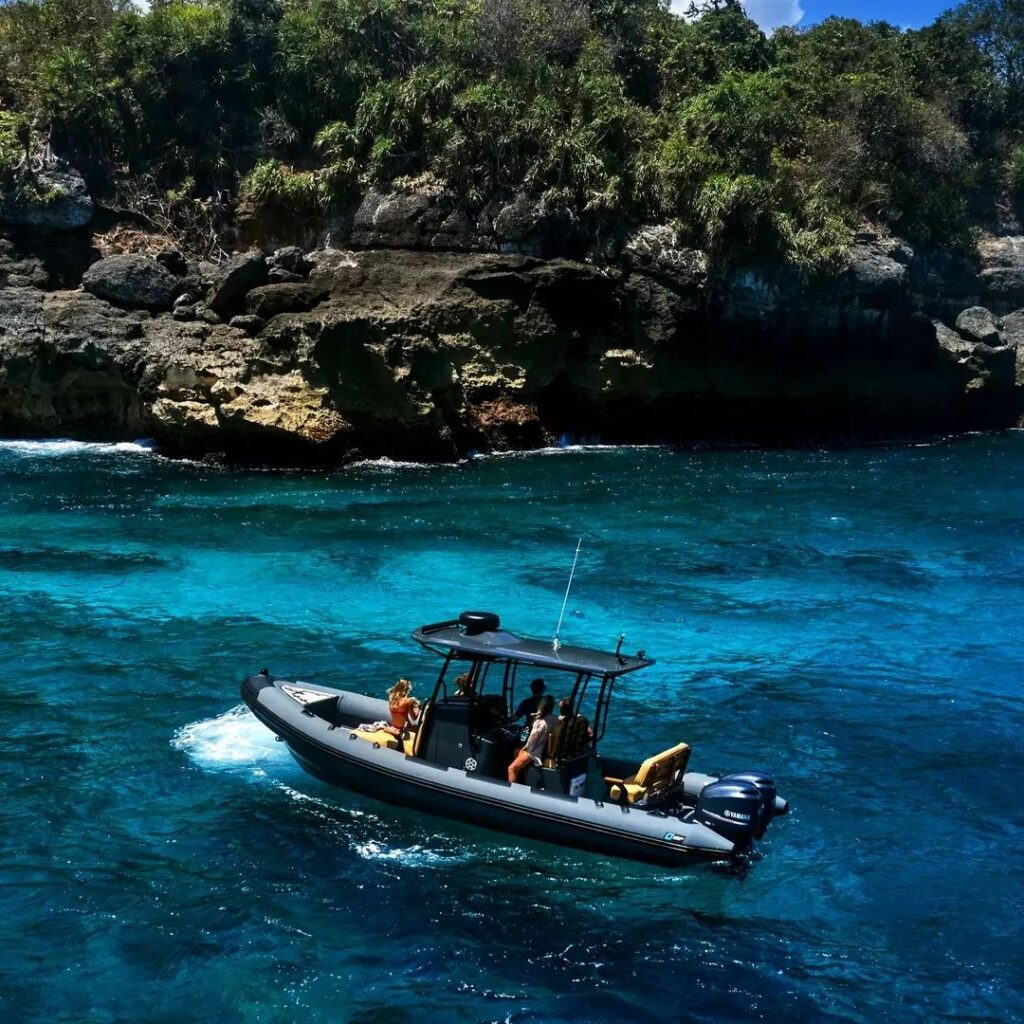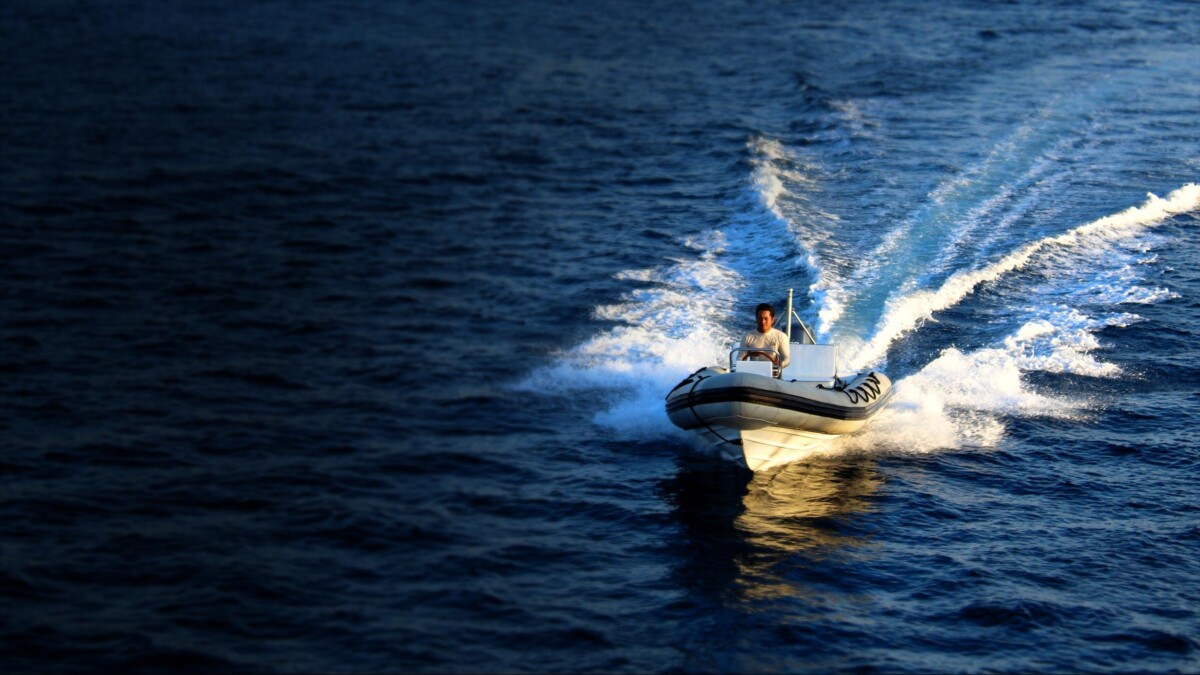Rigid Inflatable Boats (RIBs) have become increasingly popular due to their versatility, durability, and performance. A RIB boat is a lightweight, high-performance watercraft that combines the stability and buoyancy of an inflatable boat with the strength and manoeuvrability of a rigid, hard-bottomed vessel. RIB boat are renowned for their durability, speed, and fuel efficiency, making them ideal for various uses such as military, search and rescue, leisure, and commercial applications.
A RIB boat primarily comprises two main parts: a rigid hull made from fibreglass, aluminium, or carbon fibre, and an inflatable collar (tube) usually constructed from Hypalon or PVC. The inflatable collar provides buoyancy, stability, and shock absorption, while the rigid hull offers structural support and improved handling.
Environmental Impact
Emissions
Like any motorized watercraft, rigid inflatable boats produce emissions that contribute to air and water pollution. These emissions typically come from the combustion of fossil fuels in the boat’s engine. However, due to their lightweight design and fuel efficiency, inflatable boats produce lower emissions than traditional boats with similar engine power.
Noise Pollution
Those with powerful engines can generate significant noise pollution in the surrounding environment. This noise can disturb marine life and negatively impact local ecosystems. Therefore, it is essential to consider noise reduction strategies when operating inflatable boats.
Sustainable Practices in RIB Boat Manufacturing
Hybrid RIB Boat
One notable innovation in rigid inflatable boat sustainability is the introduction of hybrid models that utilize electric and diesel engines. These boats, such as the Ribcraft Hybrid Patrol RHIB, offer seamless switching between electric and diesel propulsion, allowing for emission-free and virtually silent operation in electric mode. When operating in diesel mode, the engine charges the batteries, further enhancing fuel efficiency and reducing emissions.
Eco-friendly Materials
Another step towards sustainability is using eco-friendly materials in inflatable boat construction. For example, manufacturers increasingly opt for recyclable materials like aluminium and carbon fibre for rigid hulls. Additionally, some companies are exploring using bio-based, non-toxic alternatives to traditional PVC and Hypalon for inflatable collars.
Efficient Engine Technology
Advancements in engine technology have led to more fuel-efficient and environmentally friendly engines for inflatable boats. These engines reduce emissions and extend maintenance intervals, resulting in cost savings for boat owners.
Read More:
Yacht Rental Bali: Your Ultimate Guide to Luxury Cruising in Paradise
Fine Line Tattoos: The Delicate Artistry Captivating Women in Bali
Sustainable Boating Tips for RIB Boat Owners

Regular Maintenance
Proper boat maintenance is essential for optimal performance and fuel efficiency. This includes checking and replacing the engine oil, inspecting the inflatable collar for leaks, and cleaning the boat’s hull to reduce drag and improve fuel efficiency.
Responsible Boating
When operating inflatable boats, it is crucial to follow responsible boating practices to minimize environmental impact. This includes adhering to speed limits, avoiding sensitive marine habitats, and disposing of waste properly.
Green Products
Consider using eco-friendly cleaning products and antifouling paints for your boat. These products are not only better for the environment but also help prolong the life of your boat.
The Future of RIB Boat and Sustainability
As the demand for environmentally friendly watercraft grows, the boat companies industry will likely continue to innovate and improve its sustainability practices. The development of hybrid models, eco-friendly materials, and advancements in engine technology all point to a more sustainable future for RIB boats.


